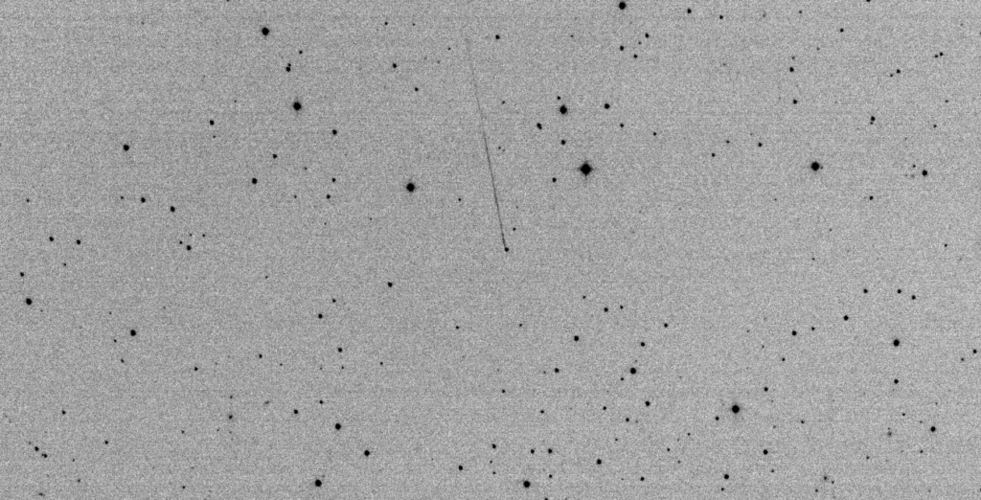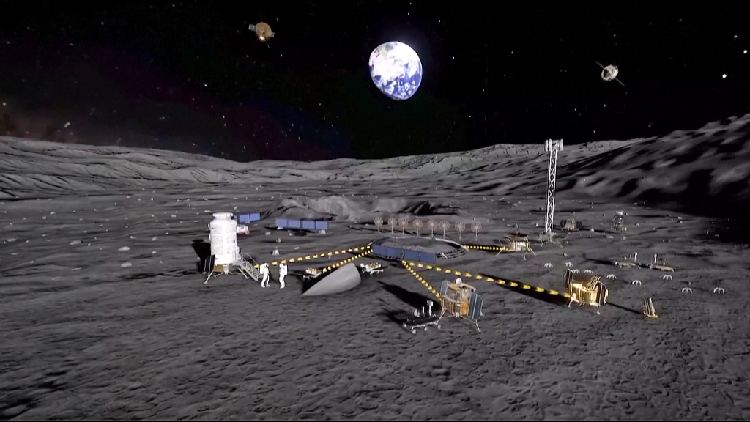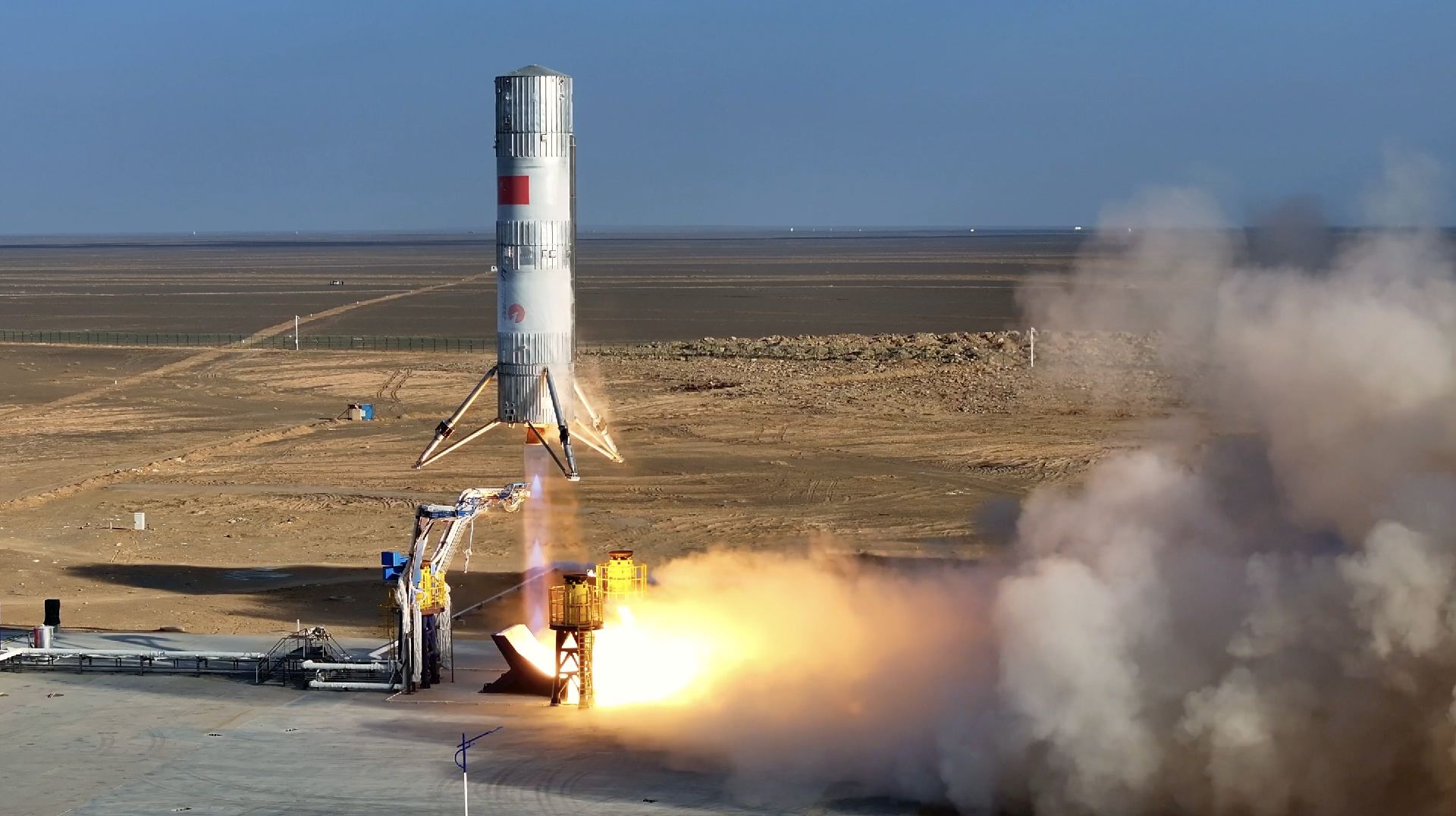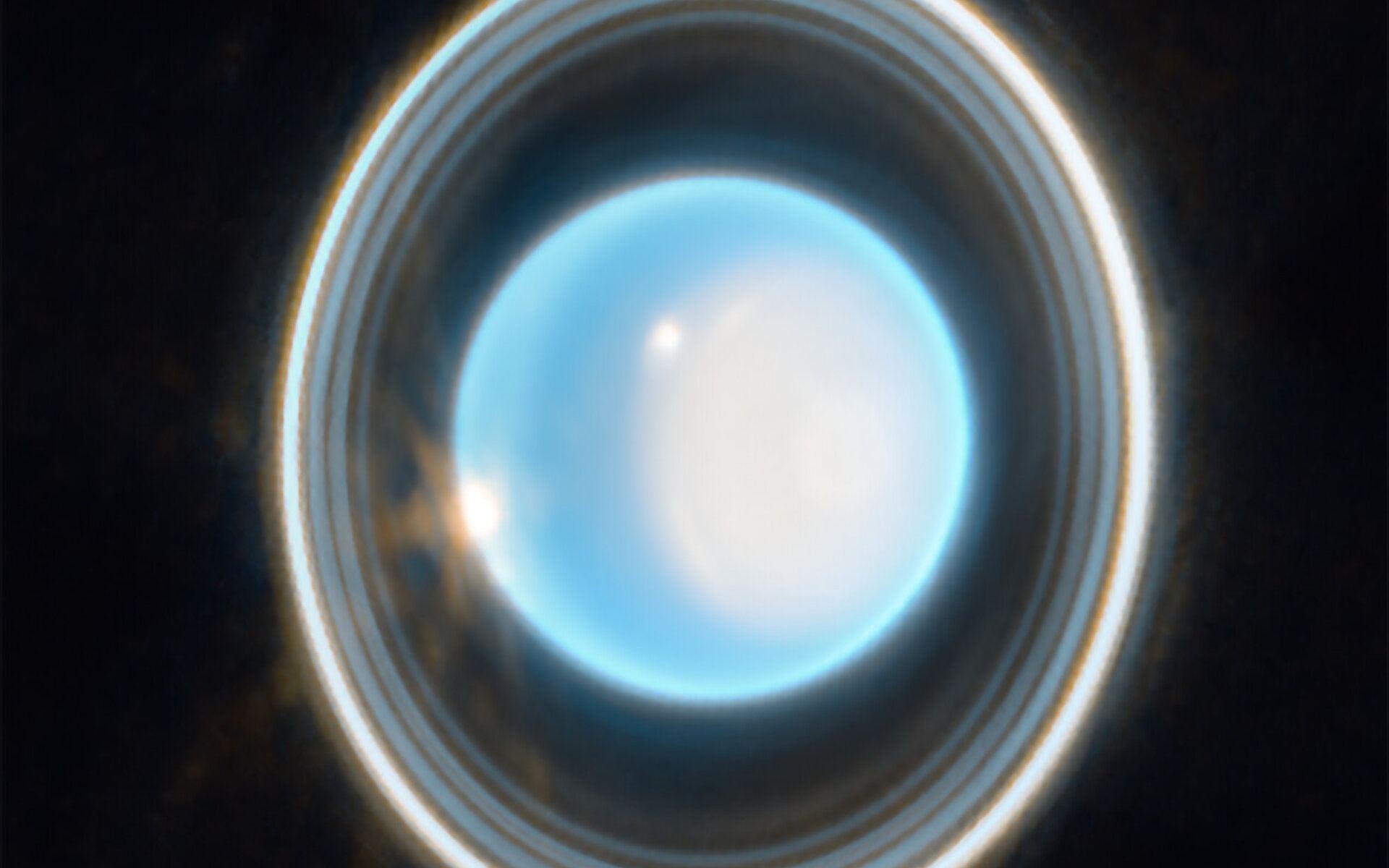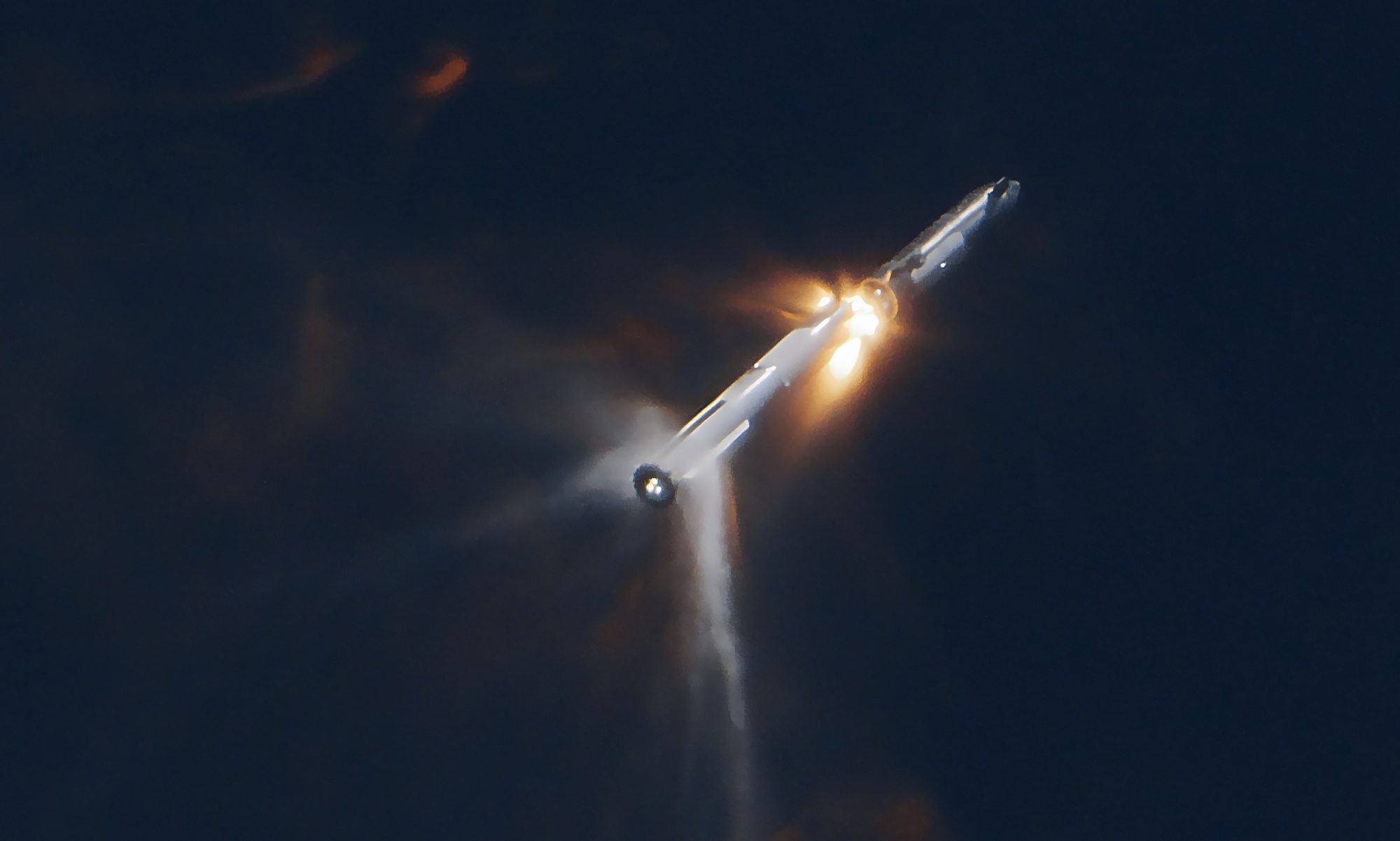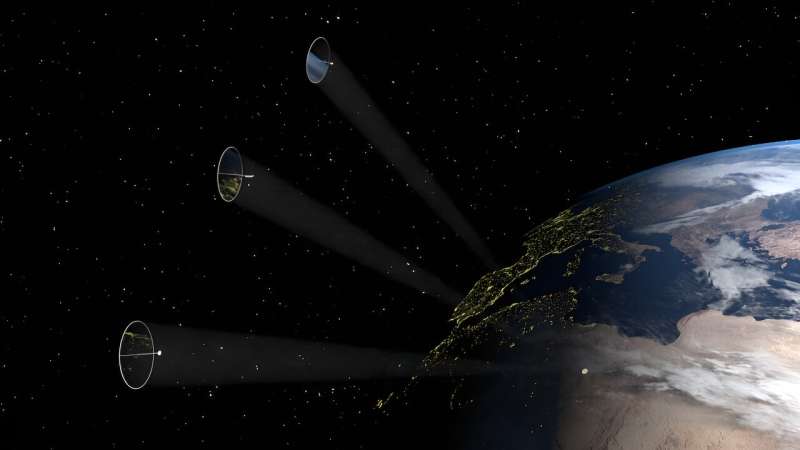What were you doing last Saturday? As it turns out, I was doing something rather unexciting… Trying to fix my washing machine (I did – in case you are interested). At the same time, Hungarian geography teacher by day and asteroid hunter by night Krisztián Sárneczky was out observing and detected a small asteroid which it transpired was on a collision course with Earth!
Continue reading “Another Asteroid Discovered Hours Before it Impacts the Earth”China Reveals How it’s Planning to Search for Water Ice at the Moon’s South Pole
It’s been a big week for Chinese space exploration. First a successful test flight of Zhuque-3 and this week we learned of their plans to explore the Moon’s South Pole. Previous missions have even returned samples to Earth but the Chinese landers have yet to explore more southerly areas of the Moon. Chang’e-6 is due to launch in a few months to collect samples from the far side of the Moon while Chang’e-7 launches in 2026 to the Moon’s south pole.
Continue reading “China Reveals How it’s Planning to Search for Water Ice at the Moon’s South Pole”Chinese Firm Successfully Tests a New Reusable Booster
The sight of a Falcon-9 rocket landing in an upright orientation is not an unusual sight. It seems that the Chinese aerospace firm LandSpace is getting in on the act with their new Zhuque-3 (I don’t even know how to pronounce that) reusable methane rocket. The prototype booster took off, reached a height of 350 metres and landed 60 seconds later about 100 metres away on a landing pad. LandSpace have revealed this test showcases key technologies that will be used for their upcoming reusable rocket.
Continue reading “Chinese Firm Successfully Tests a New Reusable Booster”It’s Time to Go Back to Uranus. What Questions do Scientists Have About the Ice Giants?
It seems crazy that Uranus was discovered in 1781 yet here we are, in 2024 and we have only sent one spacecraft to explore Uranus. Voyager 2 is the only spacecraft to have given us close-up images of Uranus (and Neptune) but since their visit in 1986, we have not returned. There have of course been great images from the Hubble Space Telescope and from the James Webb Space Telescope but we still have lots to learn about them.
Continue reading “It’s Time to Go Back to Uranus. What Questions do Scientists Have About the Ice Giants?”Private Axiom Mission 3 is Off to the Space Station
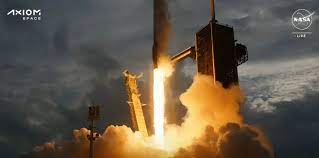
A few decades ago, the idea of private individuals travelling to the International Space Station was as much science fiction as a time travelling police box. Yet here we are, in 2024 and a crew of four private astronauts are on board the ISS. The team will spend about two weeks undertaking various experiments, commercial activities and outreach tasks.
Continue reading “Private Axiom Mission 3 is Off to the Space Station”Now We Know Why Starship’s Second Flight Test Failed
SpaceX is often in the headlines, unfortunlatey its not always good news. On 18th November we saw the second of the Starship and SuperHeavy booster get off the launchpad successfully, it failed before reaching orbit. In a recent event, Elon Musk explained how a fuel venting near the end of the burn was responbie but entirely avoidable next time!
Continue reading “Now We Know Why Starship’s Second Flight Test Failed”Early Galaxies Looked Nothing Like What We See Today
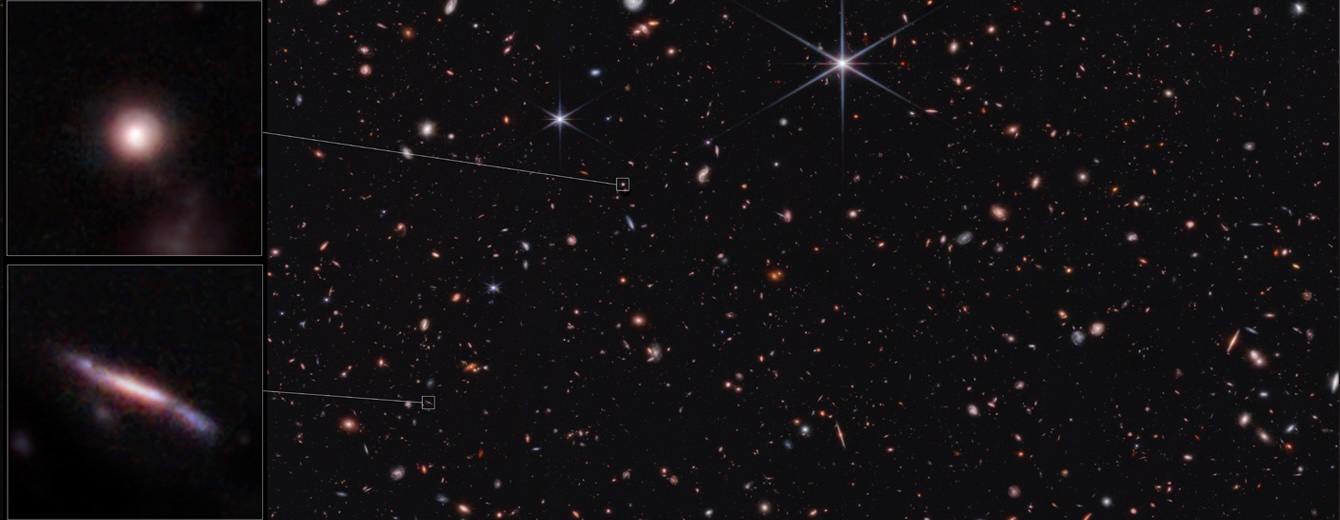
Talk to anyone about galaxies and it often conjurs up images of spiral or elliptical galaxie. Thanks to a survey by the James Webb Space Telescope it seems the early Universe was full of galaxies of different shapes. In the first 6 billion years up to 80% of the galaxies were flat, surfboard like. But that’s not it, there were others like pool noodles too, yet why they looked so different back then is a mystery.
Continue reading “Early Galaxies Looked Nothing Like What We See Today”Reflectors in Space Could Make Solar Power More Effective
Solar power is a booming industry right now as we all strive to run our lives with minimum carbon footprint. Solar is a relatively easy way to get clean electricity but of course we are limited to the hours then Sun is above the horizon. Solar panels in space have been muted before but the costs and technology to transmit power to Earth is prohibitive. An alternative approach has been explored by a team of engineers who have been looking at the possibility of deploying giant reflectors into space.
Continue reading “Reflectors in Space Could Make Solar Power More Effective”Engineers Finally Open OSIRIS-REx’s Sample Container
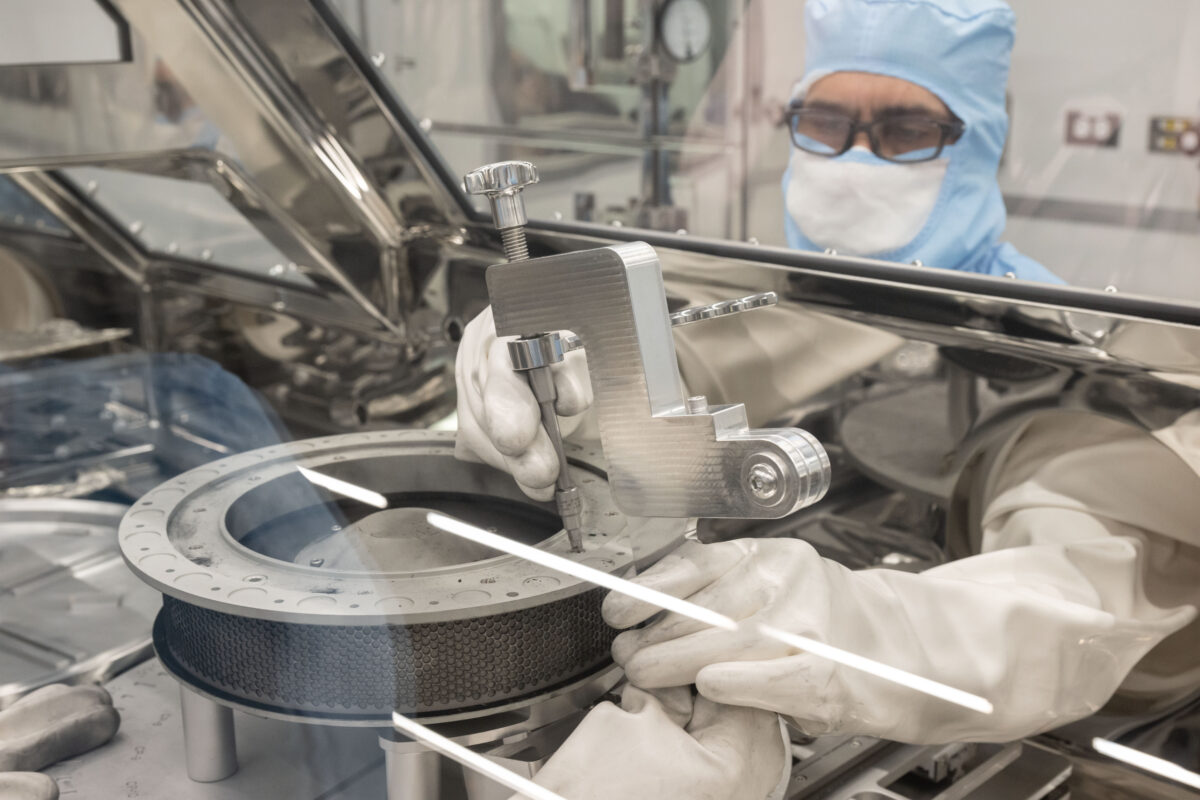
We have all been there, had that one stubborn jar of jam that we just can’t open. Maybe you grab a rubber band or run it under warm water and its an easy fix but just imagine when the jar is a module from a $1.16 billion interplanetary probe! That’s what happened to NASA engineers when they were trying to recover samples from the OSIRIS-REx module when they discovered the clamps had cold welded shut!
Continue reading “Engineers Finally Open OSIRIS-REx’s Sample Container”Webb Blocks the Star to See a Debris Disk Around Beta Pictoris
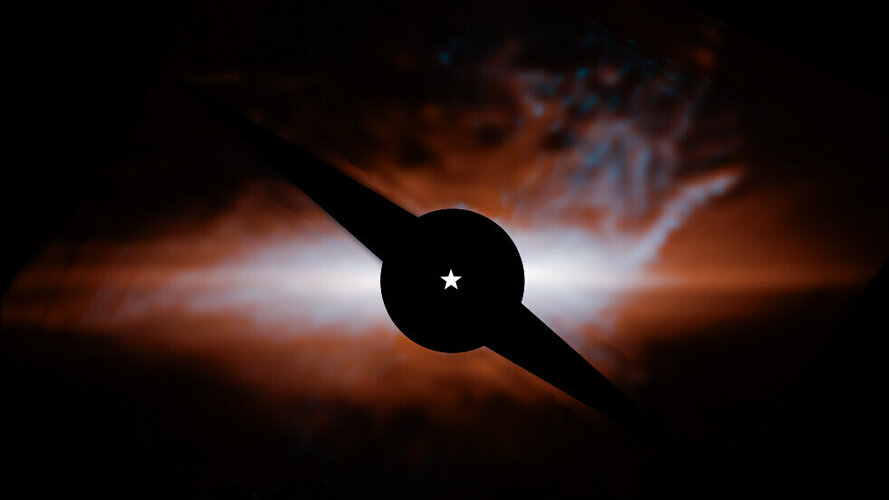
You think you know someone, then you see them in a slightly different way and BAM, they surprise you. I’m not talking about other people of course, I’m talking about a fabulous star that has been studied and imaged a gazillion times. Beta Pictoris has been revealed by many telescopes, even Hubble to be home to the most amazing disk. Enter James Webb Space Telescopd and WALLOP, with its increased sensitivty and instrumentation a new, exciting feature emerges.
Continue reading “Webb Blocks the Star to See a Debris Disk Around Beta Pictoris”
